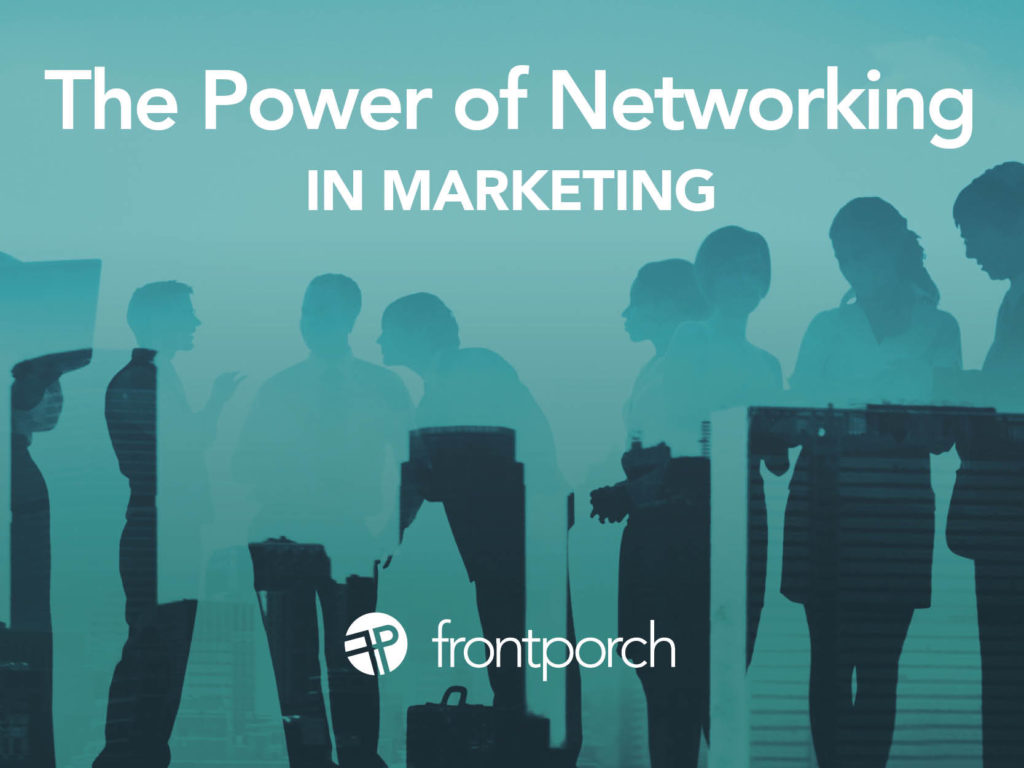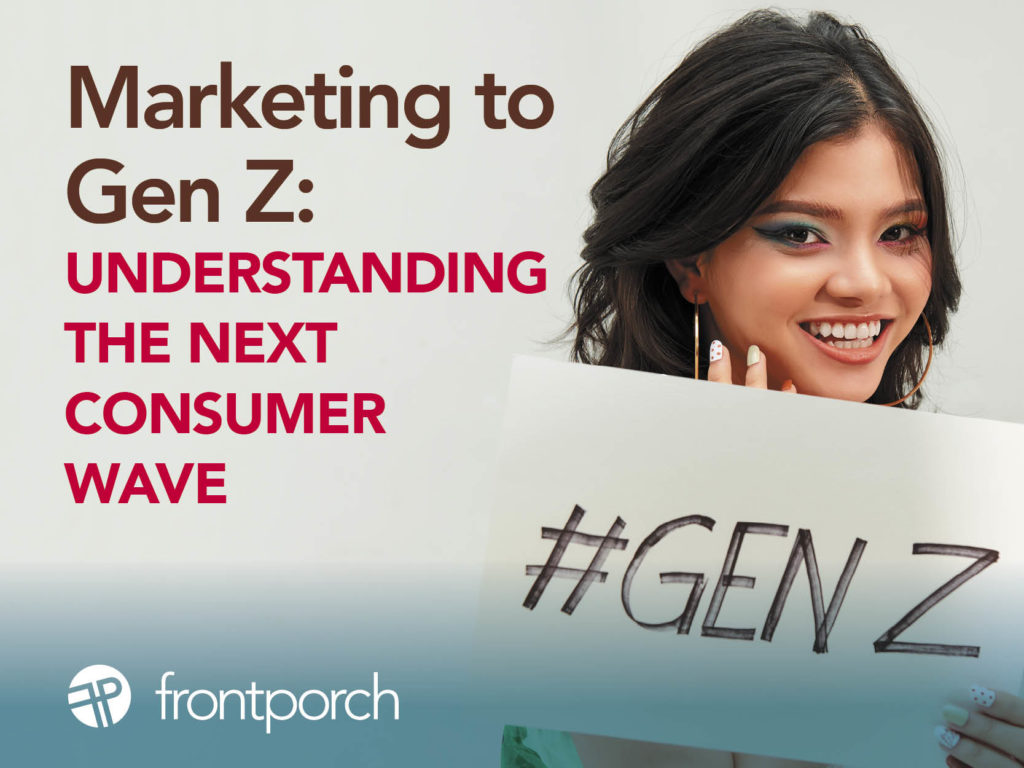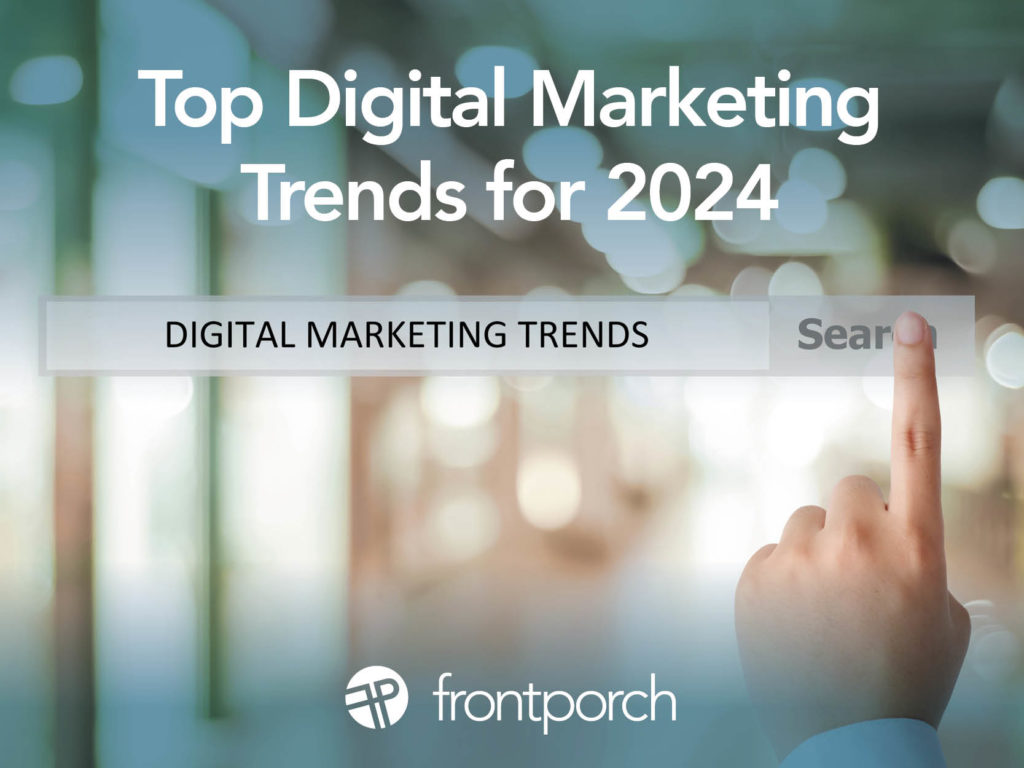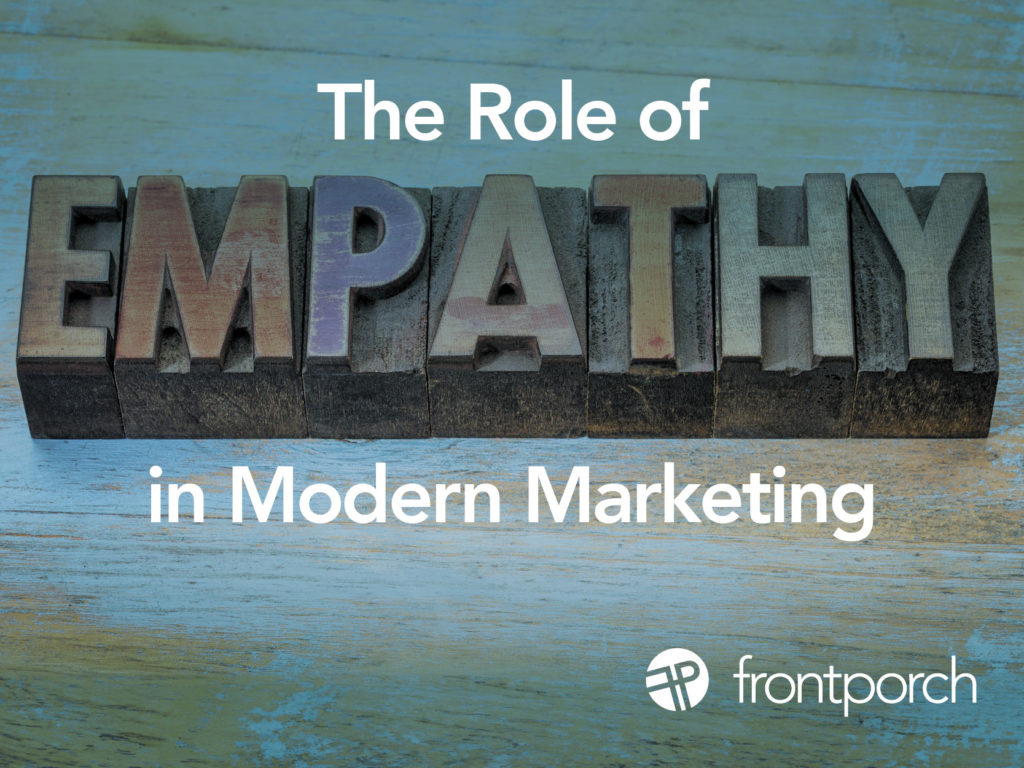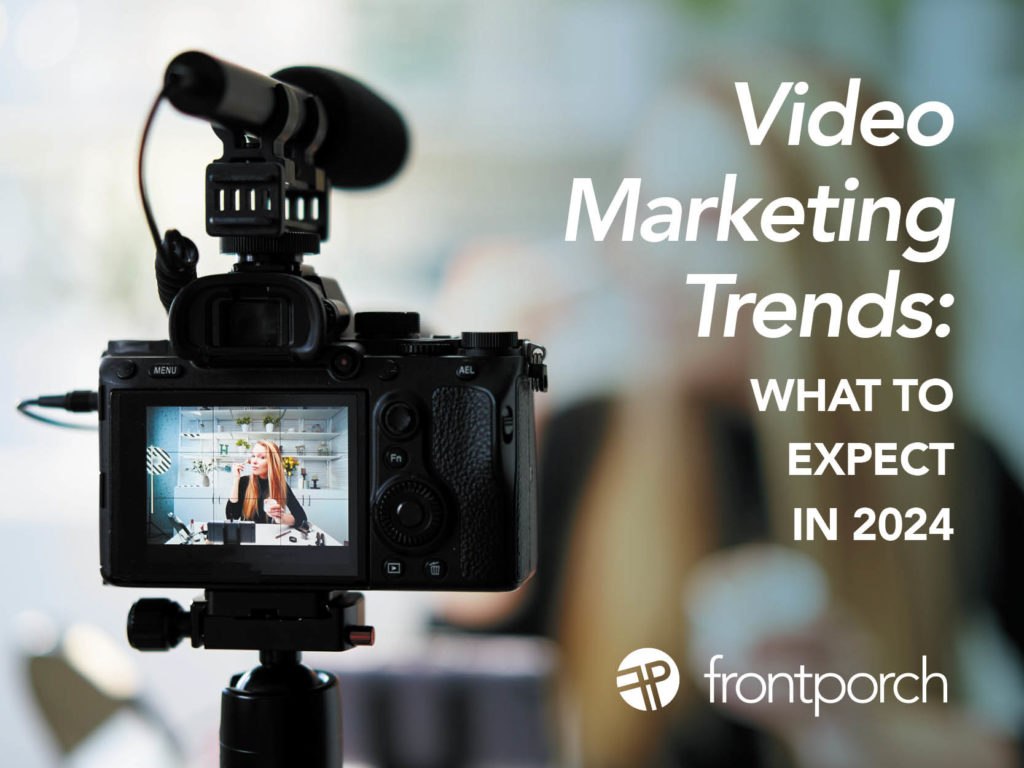
As we move into 2024, video marketing continues to grow and evolve, becoming an indispensable tool for brands to engage and connect with their audiences. Video marketing is affected by technological advancements, changing consumer behaviors, and emerging platforms. Video has evolved significantly in the past decade.
Short-Form Videos Dominate
Short-form videos are set to continue to reign in 2024. Platforms like TikTok, Instagram Reels, and YouTube Shorts have popularized bite-sized content that captures attention quickly. These videos, typically under 60 seconds, are perfect for today’s fast-paced consumers. Brands should focus on creating engaging, succinct content that delivers a clear message quickly and effectively.
Live Streaming Video Marketing Continues to Grow
Live streaming offers real-time interaction and engagement and has become powerful tool for marketers. In 2024, we’ll see even more brands utilizing live video for product launches, behind-the-scenes looks, Q&A sessions, and live shopping events. The real time element and authenticity of live streaming helps build trust and create a sense of community.
Interactive Videos Gain Traction
Interactive video marketing that allow viewers to engage directly with the content are projected to become more popular. To begin with, these videos could include clickable elements, quizzes, polls, and even branching paths that let viewers choose their journey. Interactive videos not only increase engagement but can also provide valuable data on viewer preferences and behaviors.
Augmented Reality (AR) and Virtual Reality (VR) Integration
AR and VR technologies are transforming video marketing by offering immersive and interactive experiences. Brands can use AR for try-before-you-buy experiences, virtual tours, and interactive ads, while VR can be used for immersive storytelling and experiential marketing. In 2024, we can expect more brands to integrate AR and VR into their video strategies to create memorable and engaging experiences.
Personalized Video Marketing Content
Personalization is crucial in modern marketing, including video marketing. Therefore, personalized video content, tailored to individual viewer preferences and behaviors, can significantly boost engagement and conversion rates. By leveraging data and AI, brands can create personalized video messages, recommendations, and experiences that resonate with each viewer on a deeper level.
Enhanced Video Marketing SEO
As video content becomes more prevalent, optimizing for search engines (SEO) is crucial. Enhanced video SEO involves optimizing video titles, descriptions, tags, and thumbnails, as well as using video transcripts and schema markup. This helps improve video discoverability and drives more organic traffic.
Sustainability and Social Responsibility in Video Marketing
Consumers are increasingly looking for brands that align with their values, especially around sustainability and social responsibility. Overall, video marketing in 2024 will see more brands creating content that highlights their eco-friendly practices and commitment to positive change.
As we move through 2024, video marketing will continue to be an essential component of any marketing strategy. So by staying on top of these trends and incorporating them into your campaigns, your brand can engage more effectively with your audience and foster deeper connections.


